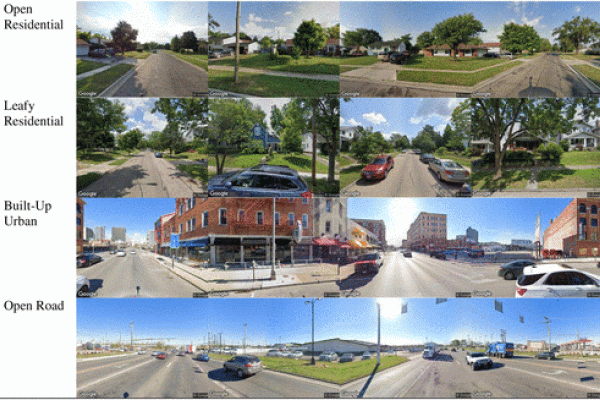How does street space influence crash frequency? An analysis using segmented street view imagery

A new paper co-authored by CURA director, Harvey Miller, has been published in the Journal of Environment and Planning B: Urban Analytics and City Science.
Abstract: Road crashes in metropolitan areas are challenging to prevent because they stem from the interactions of drivers and other system users in intricate built environments. Recent theories indicate that features of the built environment may induce unsafe driving by shaping users’ expectations and behaviors. The availability of street view imagery and methods of scene parsing create new possibilities for understanding how features of the built environment influence crash incidence. Most previous crash research using street imagery has applied manual processing methods. In this paper, we develop and apply automated machine parsed imagery in conjunction with self-explaining roads theory to consider how the street space visible to drivers influences crash frequency, using data from Columbus, Ohio, USA. While controlling for road network and area characteristics, we model the association of individual street elements with crash frequency. We then conduct a cluster analysis to define four types of street spaces, which are used in a subsequent model. We find that an Open Road type of metropolitan street space, characterized by more visible sky, roadway, and signage are associated with the greatest increase in crashes, and that the majority of these spaces exist on arterial or collector class road segments. We theorize that the visual similarity of this type of street space to highways promotes faster, less careful driving, which combines with their mixed land uses to make them the least safe. This points to the importance of traffic calming for such roads in high-activity areas, and the need to differentiate environments of non-highways from highways to promote careful driving.
Authors: Jonathan Stiles, Yuchen Li, Harvey J Miller
